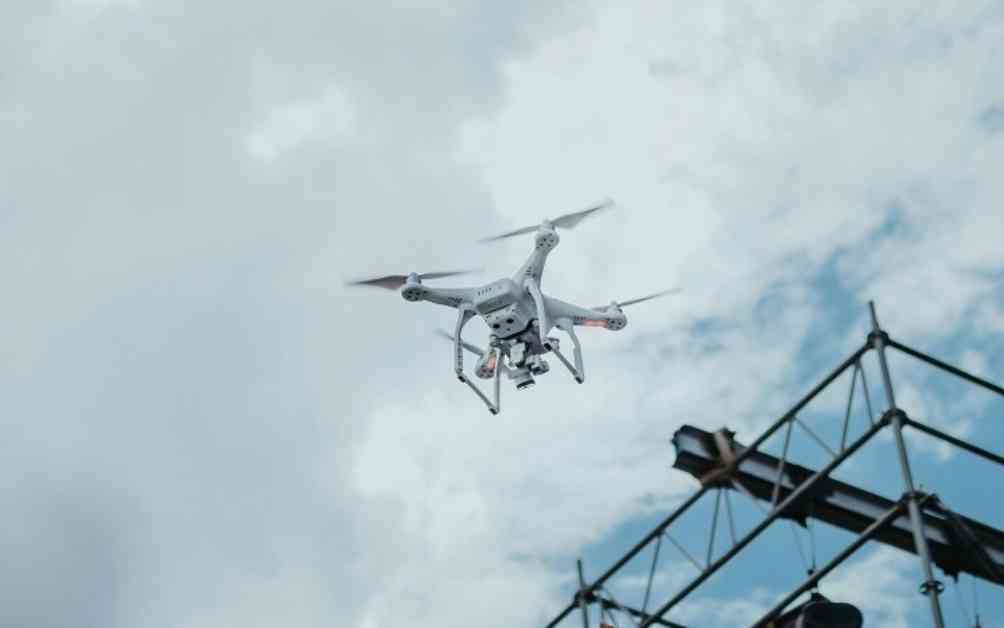This week, the commercial drone industry is buzzing with exciting news and developments. A recent report by SNS Insider Research projects significant growth for the consumer drone market, estimating it to be worth USD 5.20 Billion in 2023. The report anticipates that the market will soar to USD 15.78 Billion by 2032, with a steady growth rate of 13.15% during the forecast period of 2024-2032. This growth is attributed to technological advancements, cost efficiency, and the wide range of applications for commercial drones. The study also predicts a demand for approximately 12,700 new job opportunities per year in the industry, highlighting the increasing importance of drones in various sectors.
In South Korea, the company Hogreen Air has unveiled a cutting-edge hydrogen-powered drone that is capable of long-range surveillance and reconnaissance missions. This high-speed drone is equipped with a hydrogen fuel cell, allowing it to fly for up to 14 hours. The drone features advanced communication systems, including radio frequency and LTE/5G, and has a payload capacity of 10kp. Impressively, the drone successfully completed remote flights in Germany and the US, with its operators located thousands of miles away in South Korea. This innovative technology showcases the potential for hydrogen-powered drones to revolutionize the UAV industry and expand the capabilities of aerial operations.
Exploring the potential applications of drones in emergency situations, a piece in Heatmap examines the role of UAV technology in disaster response, particularly in a city like New York. Despite initial skepticism from some residents, experts believe that drones will become increasingly integrated into everyday operations, including emergency services. The NYPD and FDNY already utilize drones for various tasks, and companies like Amazon are exploring drone delivery services. As drones become more commonplace, their use during extreme weather events, such as hurricanes, is expected to become standard practice. The author emphasizes the evolving perception of drones and the inevitable integration of this technology into critical response efforts.
In conclusion, the commercial drone industry is experiencing rapid growth and innovation, with new technologies and applications reshaping the landscape of aerial operations. From the promising market projections to the introduction of hydrogen-powered drones and the potential for UAVs in emergency response, the future of the industry looks bright. As drones continue to evolve and expand their capabilities, they are poised to play a crucial role in various sectors, offering new opportunities for businesses and professionals alike. Stay tuned for more exciting updates and developments in the world of commercial drones!
